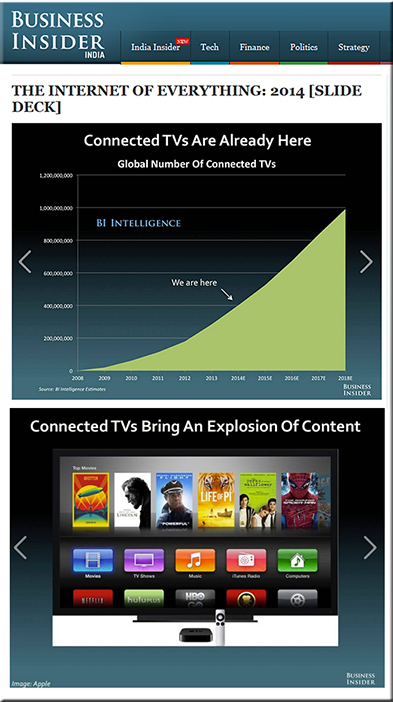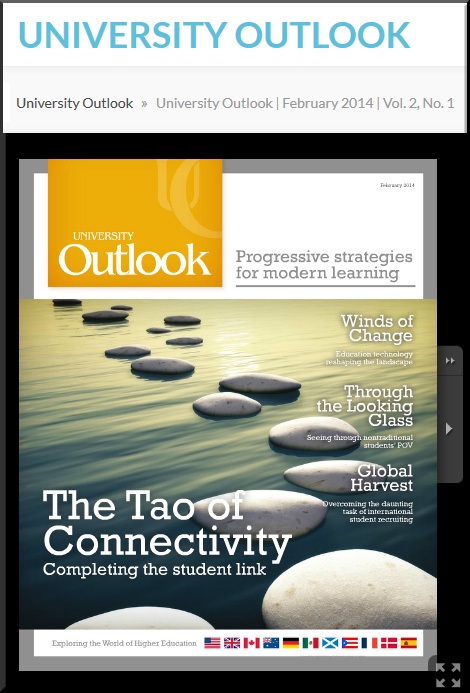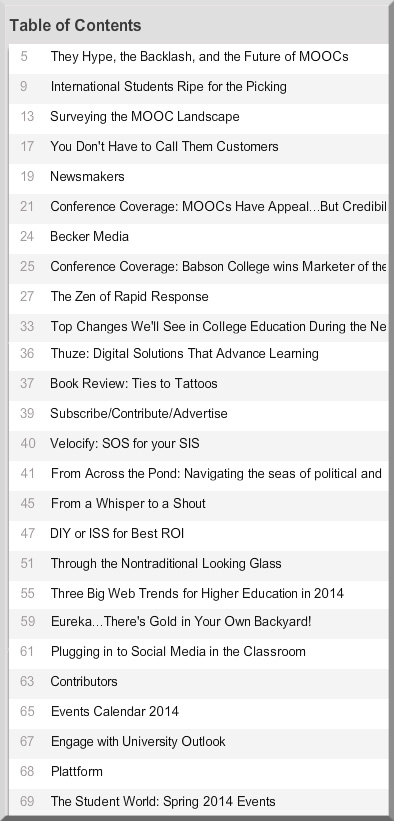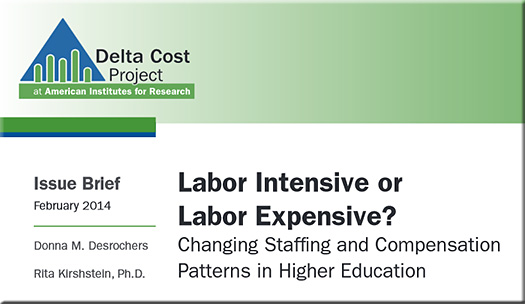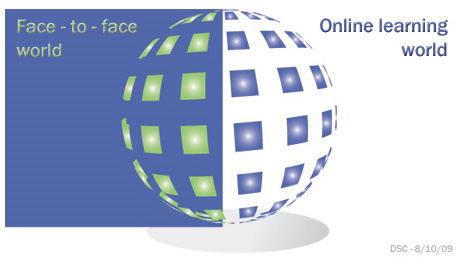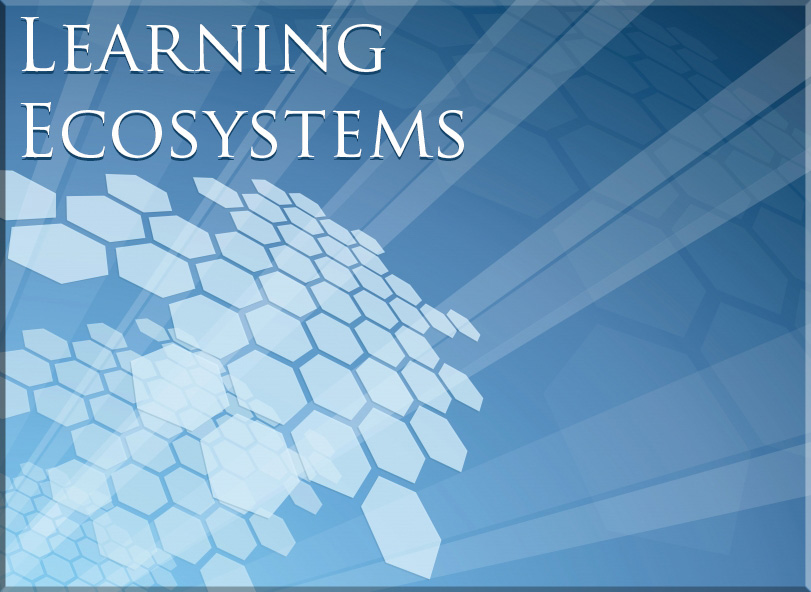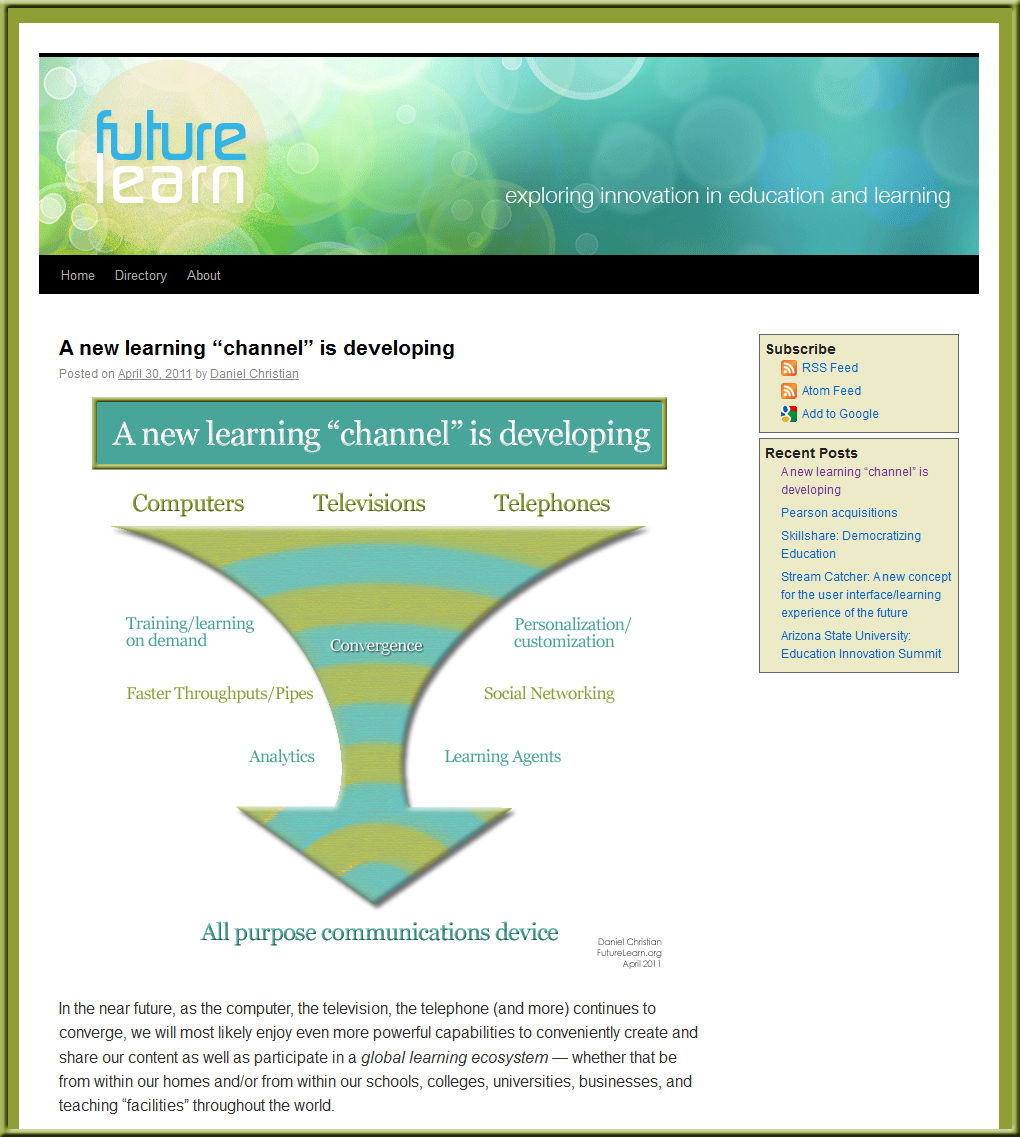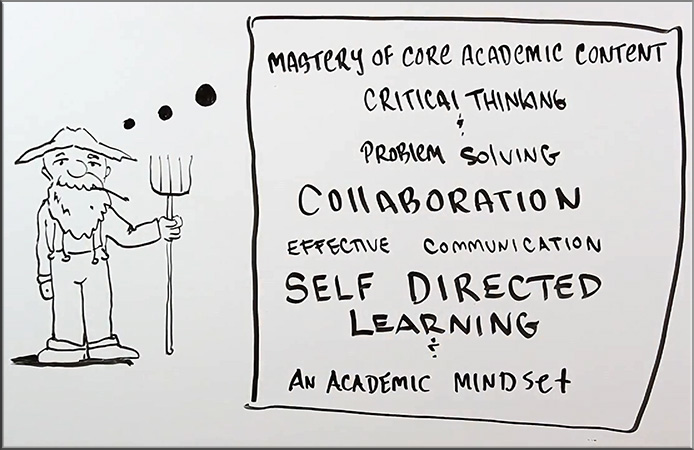Coursera comes of age, announces Specializations — from inc.com by Issie Lapowsky
With a new feature that resembles the college major, Coursera gets a new revenue stream–and becomes an increasingly attractive education alternative.
Excerpt (emphasis DSC):
Coursera, the Mountain View, California-based provider of free, massively open online courses, or MOOCs, is launching a new feature called Specializations, the MOOC equivalent of majors. Rather than taking one isolated course for free, students can now select a sequence of courses, which they take in order, for a fee, albeit, a small one. Then, if they pass, students receive a certificate of completion.
“We heard from many students that they wanted help sequencing together courses in order to form more substantive programs of study than can be represented by a single course. On the flip side, we also heard significant interest from our university partners in offering course sequences,” Coursera co-founder Andrew Ng told me by email. “After discussions with our partners and several student surveys, we decided to proceed with this program, which we believe is the next stage in the development of MOOCs.”
…
Meanwhile, Specializations solve an equally big pain point for Coursera, namely that revenue’s hard to come by when you’re giving a premium product away for free. This way, students will sign up to get their identities verified, a service for which Coursera charges for each class, meaning Specializations will run students about $200 to $500. It’s substantially cheaper than a degree from a traditional university, and for those who can’t afford it, true to its mission, Coursera is offering students financial aid.
Also see:

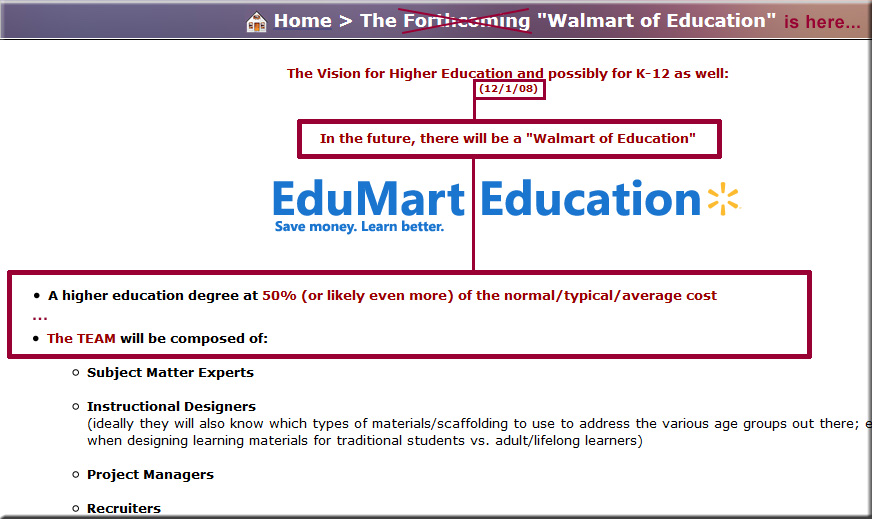
This vision is now reality.
Addendums on 1/22/14:
Georgia Tech MOOC-Based Degree Program Turns Away Nearly 2,000 Applicants — from campustechnology.com by Dian Schaffhauser
Excerpt:
A totally MOOC-based master’s degree in computer science announced last spring has opened for business with about 375 students. The new program, being delivered by Georgia Institute of Technology’s College of Computing, claims to be the “first and only” one from an accredited university that operates entirely through a massive open online course format.
The degree program received 2,360 applications during a three-week period in October, about 75 percent more applications than are typically received for the on-campus program during an entire year. Of those, 401 students were offered admission, and 94 percent enrolled for the Spring 2014 semester. According to Georgia Tech, a couple of differences distinguish MOOC enrollment from on-campus enrollment. Whereas 88 percent of the MOOC students are United States citizens or permanent residents, about 90 percent are international in the on-campus program. Also, the average age of the MOOC students is 34.8, about 11 years older than their on-campus counterparts.
More Competition for Online Certificate Students — from insidehighered.com by Carl Straumsheim
Excerpt:
An online course provider will this spring introduce bundles of courses created by top-tier universities that can be completed for certificates. That description fits both Academic Partnerships and Coursera, and both programs are called “Specializations.”
The similarities are more than mere coincidence, as the two companies have since last summer discussed a partnership proposed by Academic Partnerships for its platform to use Coursera’s university course offerings. Yet Coursera’s Specializations, announced Tuesday morning, took Academic Partnerships CEO Randy Best by surprise. When the parties spoke last week, Best said Coursera “expressed that they were going to defer for now the idea of Specializations.”
![The Living [Class] Room -- by Daniel Christian -- July 2012 -- a second device used in conjunction with a Smart/Connected TV](http://danielschristian.com/learning-ecosystems/wp-content/uploads/2012/07/The-Living-Class-Room-Daniel-S-Christian-July-2012.jpg)










